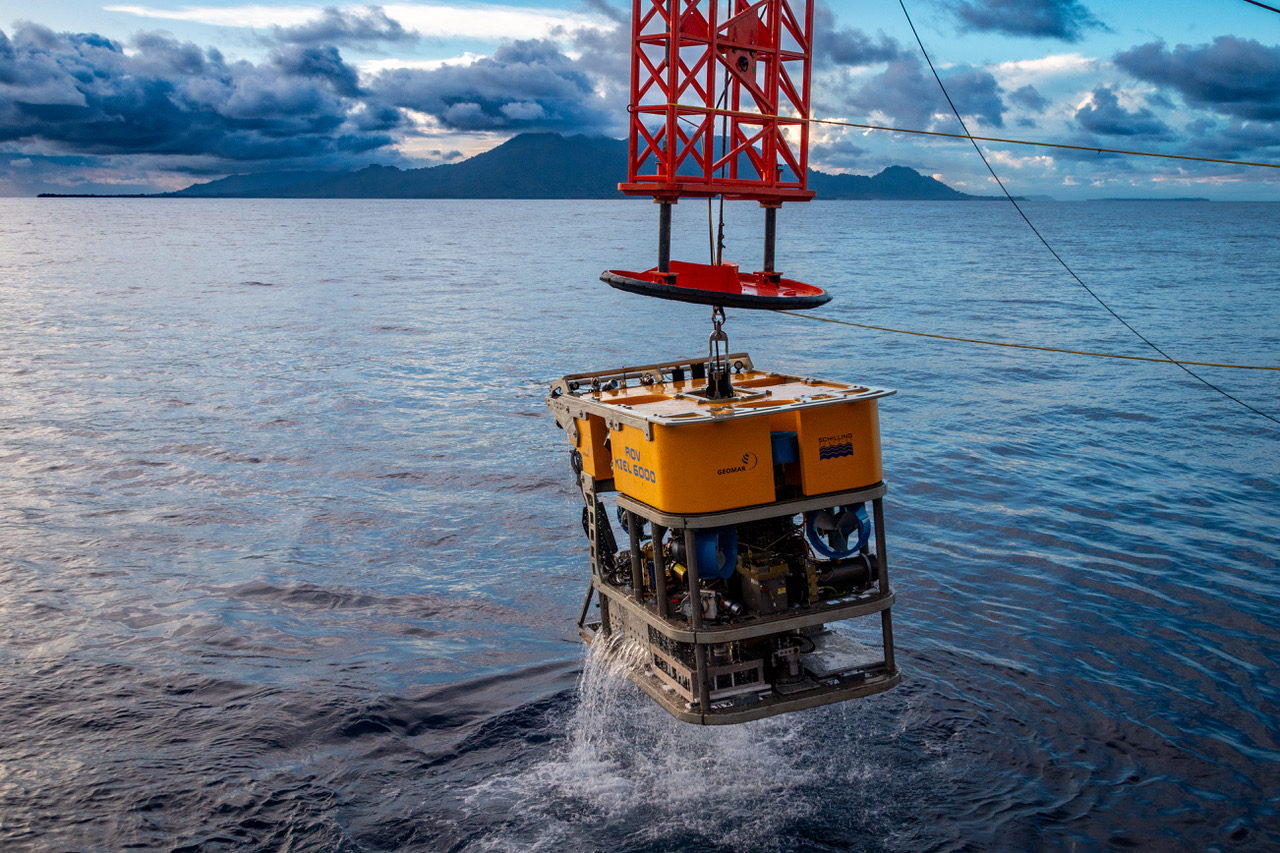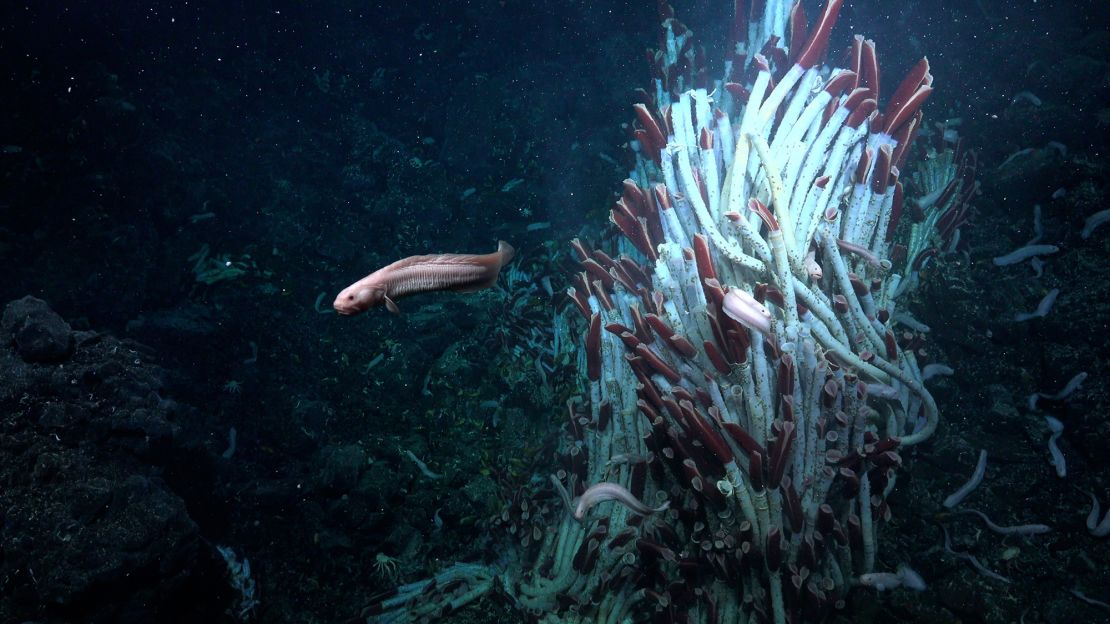Deep within the submerged caverns of Mexico’s Yucatán Peninsula lies a mesmerizing natural wonder known as Hells Bells—bell‑ or cone‑shaped carbonate formations that dangle like silent chimes beneath the water’s surface. Found in cenotes such as El Zapote—and more recently at Xkolac, Maravilla, and Tortugas—these speleothems can grow over 2 m long, blanketing cave walls, ceilings, and even submerged trees. Their origins are still under study, believed to involve a complex dance between microbial activity, water chemistry, and carbonate deposition under specific conditions.
Unlike typical stalactites that form in air‑filled caves, Hells Bells develop underwater. Microbes likely create tiny chemical microenvironments, enabling carbonate to precipitate into hollow, bell‑shaped structures. Their interior is smooth and shell‑like, with layered carbonate walls that grow outward from a thin rim. Scientists from the University of Heidelberg, led by Wolfgang Stinnesbeck, first documented them in detail, yet many aspects—like their exact growth rate, the role of microorganisms, and spatial distribution within cenote pools—remain enigmatic.
Hells Bells aren’t just geological novelties—they’re key to understanding underwater cave ecosystems and Earth’s climatic past. Their continuous growth can preserve micro‑records of water conditions, temperature, and biology over centuries. For diving explorers, encountering them is a haunting reminder of the cave’s ancient, hidden life. As new dives uncover more formations across different cenotes, researchers are racing to chart their distribution and analyze their structure—transforming these eerie, silent “bells” into vital tools for science and conservation in one of the planet’s most mysterious aquatic realms.




